Welcome back, fellow art travelers! I took a few weeks off during summer, to recharge, relax, and come back more motivated than ever. And to mark the start of this new season of inspiring content, today we are flying to Tokyo to meet with the licensed guide, interpreter, and art lover Kumiko Kawai.
Kumiko is an experienced and very knowledgeable guide, and thanks to her insights and tips you will discover a completely new side of Tokyo. After all, this is one of my favorite cities, but I too discovered some real hidden gems thanks to Kumiko and her passion for the Tokyo art scene.
And since Tokyo is always a good idea, I feel this is the perfect time to talk about the city. After a very hot summer, the weather is getting better and autumn in Japan is nothing shorter than magical. I would never want summer to end, I’ll be honest, but I can put up with autumn if it is in Tokyo!
So, without any further ado, get yourself some warm sake and find out what Kumiko Kawai has gathered for you and for your next trip to Tokyo!
And if you want to be one of our local experts, you can submit your application here. Also, you can sign up for our newsletter here to be always the first to know about other interviews and opportunities. I promise, no spam, just interesting stories!
About Kumiko
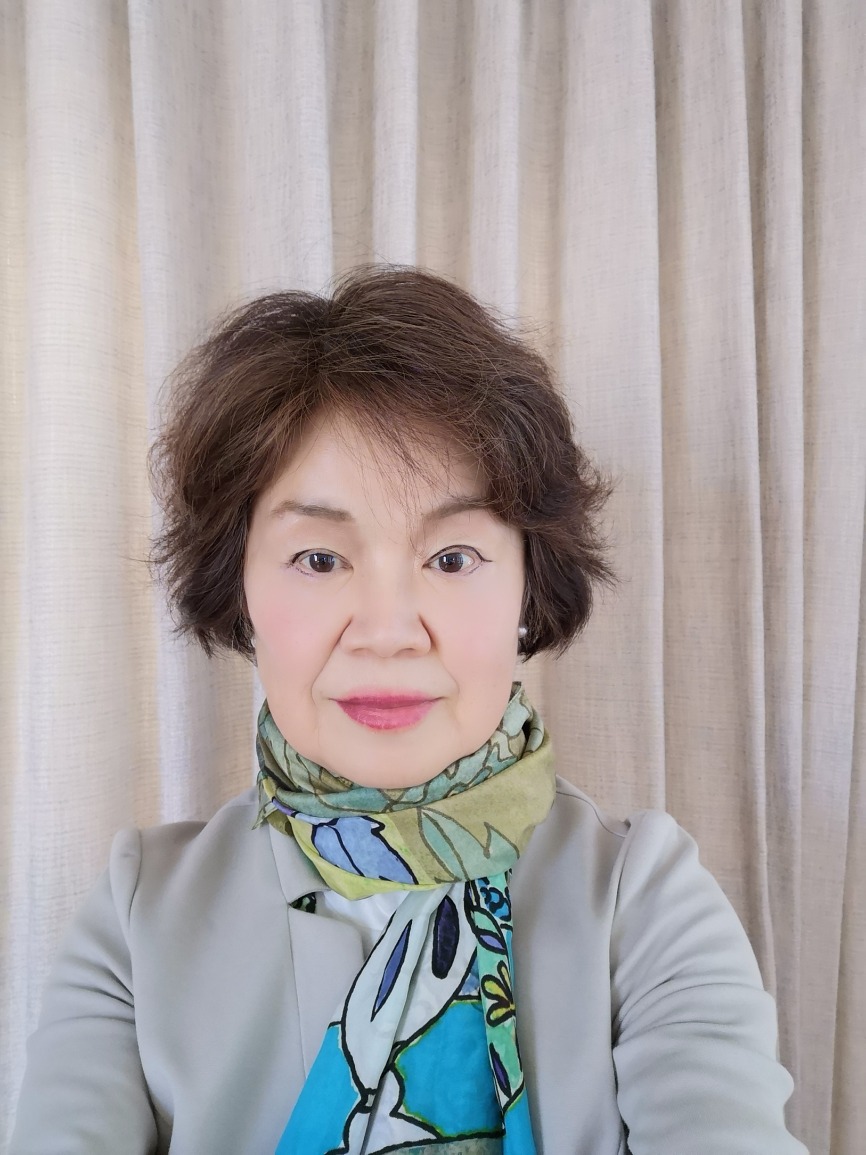
A Licensed Guide and Interpreter (Japanese into English), Kumiko Kawai introduces Japanese culture and art to visitors in Tokyo. She also volunteers as a guide at the municipal museum.
Kumiko had been engaged with investment research and publishing for the US/European financial institutions for many years before she became a guide and interpreter. After an early retirement, she obtained a guide license to introduce Japanese art and culture to foreign visitors in Japan. She is also a financial planner.
Kumiko had been an art lover since her childhood, but she only seriously studied Art at Christie’s after her semi-retirement from work. Her sister is a contemporary artist, so she learned a lot about the art world from her. Kumiko loves contemporary art, Japanese ceramics, and sculptures. She holds a Certificate of Completion from Christie’s “Art Business Masterclass” and a MA from New York University, NYU Graduate School of Art and Science.
How long have you been living in Tokyo?
I have been living in Tokyo for more than fifty years, during which Japan has undergone remarkable changes with respect to social issues and technology, as well as the diversity of expression. With the increased use of digital technologies, we have seen new genres of expression, such as anime, become more and more present.
Let’s dive straight into our preferred topic. In Tokyo, what are your favorite…
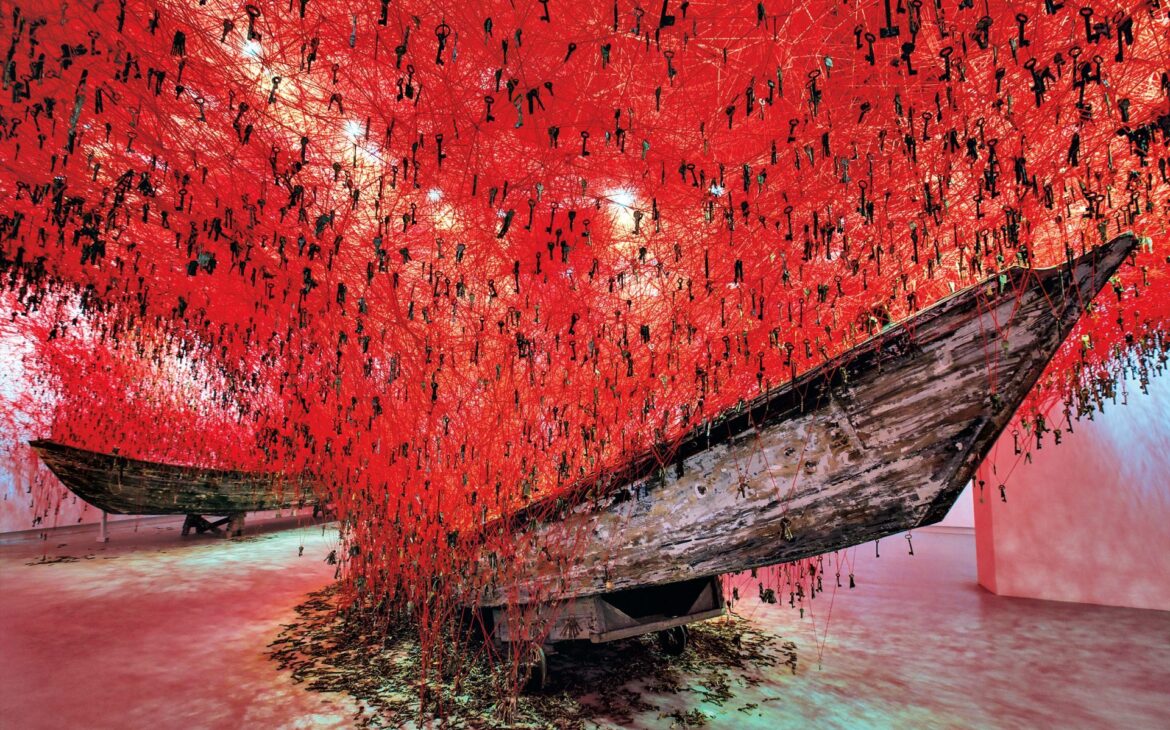
CONTEMPORARY ART MUSEUMS?
One of my personal favorites is the Mori Art Museum, located on the 53rd floor of the Roppongi Hills building. It exhibits cutting-edge visual arts, architecture, and design from around the world. It houses a wide variety of unique exhibitions, many of which are organized around universal themes. In addition, the Tokyo City View on the 52nd floor is a must-see spot.
I also particularly enjoy the Musée Tomo, dedicated to contemporary Japanese ceramics. It is an ideal place to see the creativity and diverse character of that form of art. Ever since its opening in 2003, the museum has been organizing two competitions each year, the Kikuchi Biennale and the Musée Tomo Prize to promote artistic expression. The visitors can truly appreciate the texture of the ceramics because the objects are not displayed behind glass.
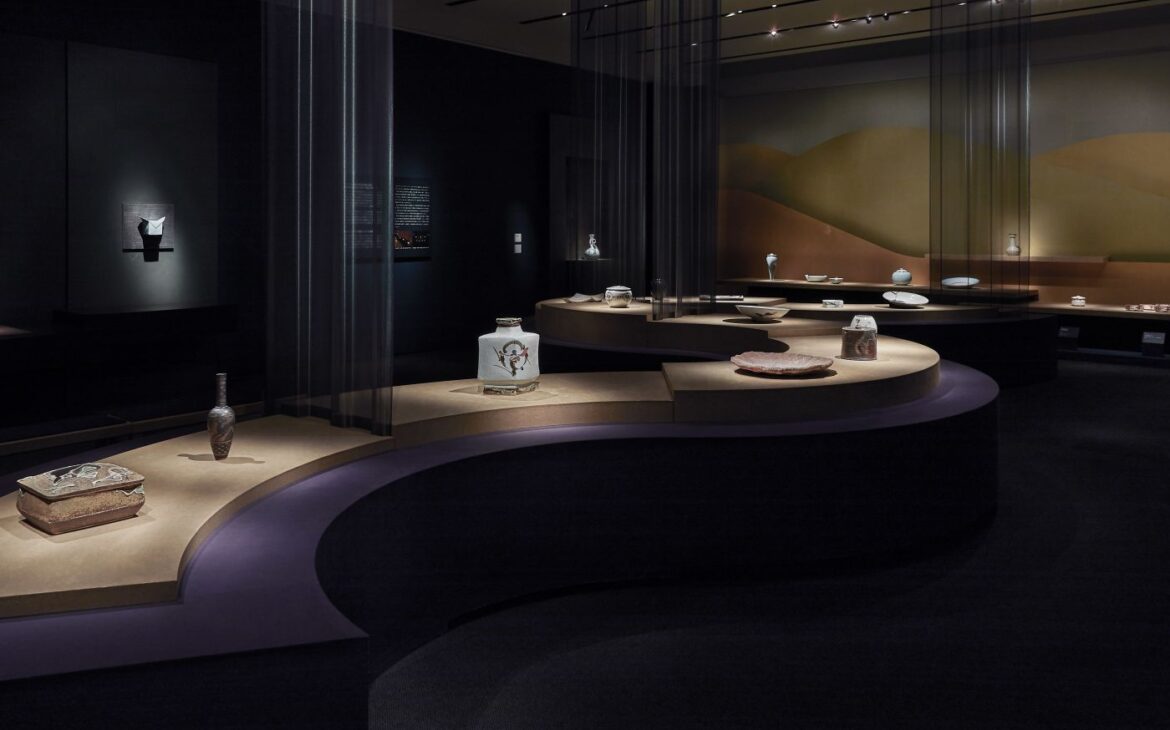
Lastly, I enjoy visiting the What Museum. it is a new type of facility to exhibit private collectors’ art collections to the public. These art collections have been entrusted to the Terada warehouse. The museum exhibits mixed media works, and photos by artists active in the contemporary art scene.
CONTEMPORARY ART GALLERY?
I particularly like the Mori Art Center Gallery. Located on the 52nd floor of the Roppongi Hills, the same floor as the observation deck, it showcases high-quality exhibitions on various themes, including manga, anime and film, fashion, and design.
I also love strolling inside the PIRAMIDE Art Complex, where you can find several galleries, such as Perrotin, London Gallery, Kotaro Nukaga, and Ota Fine Arts. This complex and Complex 665 are home to several major contemporary art galleries, which have helped turn the Roppongi area into one of Tokyo’s main contemporary art destinations.
Other locations I like are the Terrada Art Complex I and The Terrada Art Complex II. The Tennozu Isle area is a must for lovers of street art, with murals and graffiti, as well as crafted beer. The Terrada Art Complex includes numerous leading art galleries, including the Tomio Koyama Gallery.
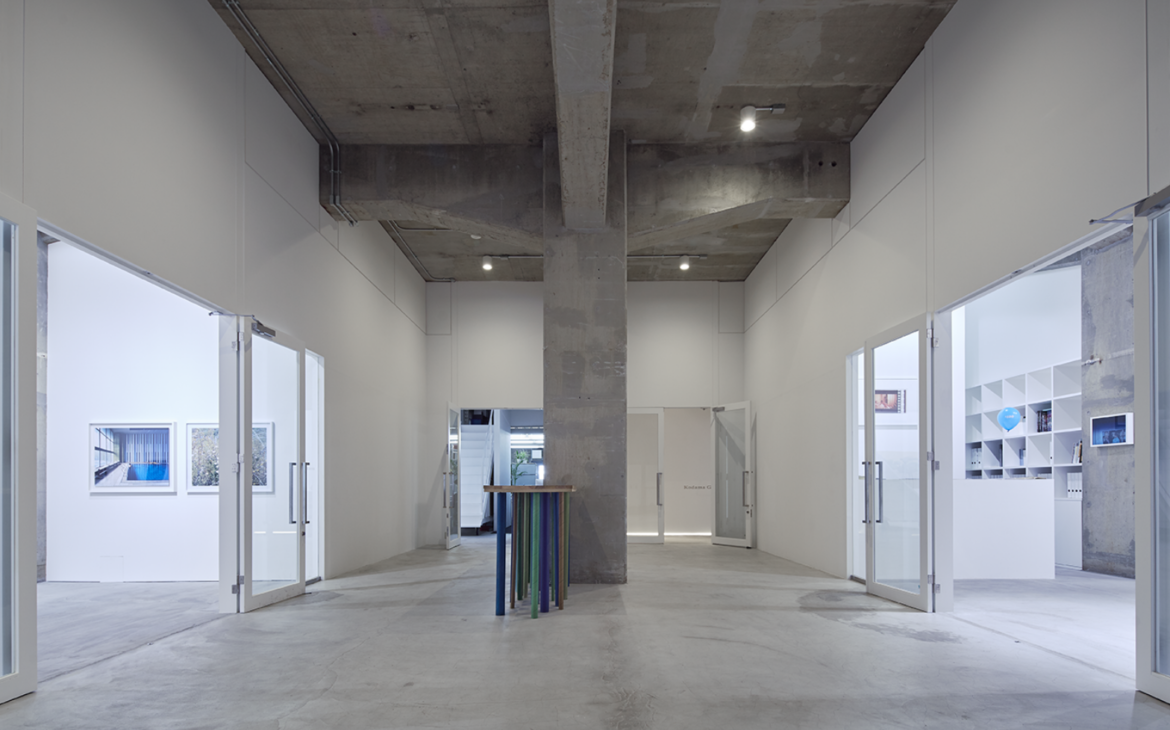
ART CENTER?
Art galleries are spreading all over Tokyo. But, as for contemporary art, I would recommend Roppongi, Ginza, and the Tennoz Isle to visit.
Ginza, the most cultural and sophisticated place in Tokyo, is also known as one of the biggest art districts. Roppongi, on the contrary, has a high concentration of independent and commercial art galleries, most of which are open to the public for free.
ALL-AROUND CONTEMPORARY ART DESTINATION?
My favorite galleries are less known, small in size, and not in the city center, but I often visit them for their quality artwork.
The Mizoe Gallery is a salon-style gallery of a Japanese-style house, in a quiet residential area of Tokyo. The gallery promotes Japanese contemporary artists, including Nomiyama Gyoji, Yunde Kenpei, and Komatsu Takahide.
The Ryushi Memorial Museum is another favorite of mine. This municipal museum has about 140 works by Ryushi Kawabata, a master of modern Japanese painting, from the early Taisho era to the postwar period. Opposite to the museum, you can visit Ryushi’s atelier, his old house, and the garden, all designed by Ryushi himself.
I also enjoy the Adachi Institute of Woodcut Print. It carries on the tradition of Japanese woodcut print techniques, which gave birth to ukiyoe in the 17th century. They offer contemporary ukiyoe in collaboration with today’s leading artists, whose works are exhibited and sold at the showroom. There is a permanent display that demonstrates the production process of woodcut prints.
Where can travelers find local artists?
When you visit the galleries in Tokyo, you may have a chance to see some local artists who exhibit their artworks there and have a talk event to introduce their works. Galleries have their affiliated artists. For example, the Mizoe Gallery organizes exhibitions featuring artists and their works, and the artists organize gallery talk events.
Is there any residency program, art school, or academy in Tokyo that you would suggest checking out?
Sure, you can check AIR_J website for art residency programs in Japan, or this website for the Agency for Cultural Affairs of the Government of Japan.
What is the best time to visit Tokyo?
I would say definitely the cherry blossom season in Spring (late March, April, May) and the foliage season in the Fall (September, October), but the city is usually very crowded then.
Is there any art festival, art fair, or art-related event you would like to recommend?
Tokyo is a big city, and there are many art festivals and events all year round. Here are some of my favorites:
- The Art Fair Tokyo, which will be held between Friday, March 8th and Sunday, March 10th, 2024 at Tokyo International Forum Hall E and Lobby Gallery.
- The Tokyo Gendai (Friday, July 7th–July 9th, 2024) at the Pacifico in Yokohama
The Tokyo Gendai is a platform for commercial, artistic, and intellectual exchange, which brings together 74 leading galleries from all over Japan, Asia Pacific, Europe, and the USA. The Art Talks bring together artists and other leading professionals from a variety of fields to engage them in dialogues focused on art. - The Art de Cha Cha Cha (April 28th – August 29th, 2023)
It explores the DNA of Japanese contemporary art from the Collection of Ryutaro Takahashi, psychiatrist and one of Japan’s foremost art collectors. The exhibition explores what contemporary artists have found in the traditional Japanese culture and art, and how they have applied it to their own creative expression.
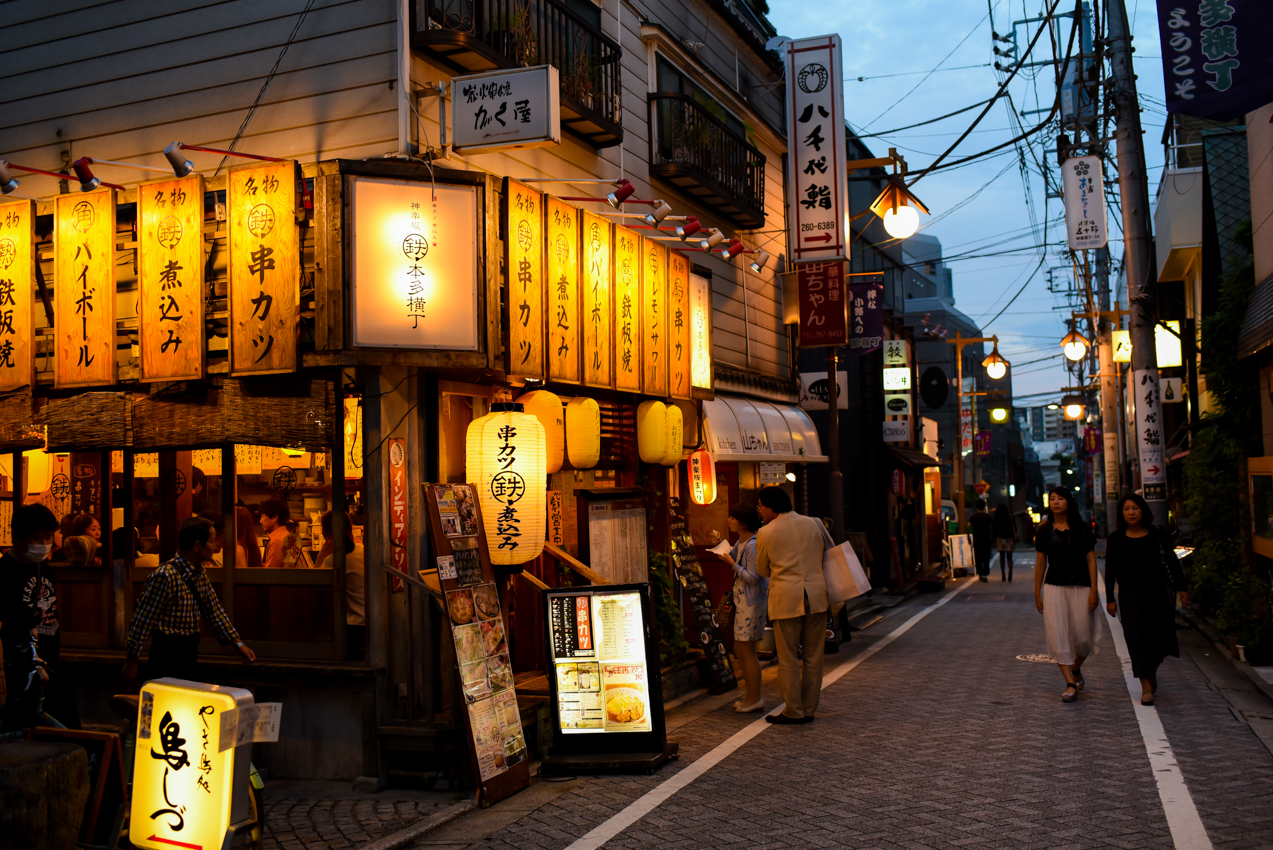
When visiting Tokyo, where could we find you? What are your favorite non-artsy spots? (Cafes, bars, restaurants, shops, etc.)
Each area in Tokyo has its own character. Personally, I have been living in the southwest residential area for many years, so I feel comfortable in the area along with the Tokyu Toyoko Line. My favorite spots in Tokyo are the Kagurazaka and Daikanyama.
Kagurazaka is one of the few areas of Tokyo that retain the atmosphere of the old metropolis. Kagurazaka was once situated on the outer moat of the Edo Castle, and the area used to be home to many feudal lords in the Edo period. Then, around the 1900s, the area served as an entertainment district with geisha agencies and traditional Japanese-style restaurants. Many writers and famous cultural figures lived in the area.
There are several high-class Japanese restaurants there, and Michelin-starred French restaurants along the narrow streets and the cobbled back alleyways off the main slope, which creates a sense of nostalgia for Japanese history and tradition. There are also contemporary art galleries there and trendy shops.
On the contrary, Nakameguro/Daikanyama is one of Tokyo’s trendiest neighborhoods, and it is well-known for cherry blossoms along the Meguro River in the Spring. The river looks very nice when the cherry blossoms are in full bloom. The neighborhood is home to various eateries, unique shops, and cafes like the Starbucks Roastery. Daikanyama is a trendy district and home to high-end fashion boutiques and stylish eateries.
Why would an art lover put Tokyo on their travel bucket list?
At first glance, Tokyo’s modern urban landscape might look just like any other modern big city. If you scratch off the surface, however, you will see that Tokyo is a unique and diverse mixture of traditional culture and cutting-edge technology. It is unlike any other place you would ever see in the world.
The modern Japanese lifestyle you can see in Tokyo is a rich blend of our traditional culture based on Buddhism, Shintoism, and Western influences. Thus, Japan has its own artistic tradition and unique concepts, which are quite different from the European aesthetics. Therefore, Tokyo should be on everyone’s art travel list.
Lastly, what is the most artsy anecdote, story, or specialty you can tell us about Tokyo?
It is hard to explain, but Tokyo is said to have “iki” aesthetics. It may be said that “iki” represents the “dandyism” of the Edo era (Old Tokyo), and is a unique aesthetic style embraced by the people of Edo. “iki” can be expressed in the thoughtfulness toward one another. While an act of “iki” is usually something small, it has a good intention and a strong impact.
For example, we displayed a single flower in a small vase. Even though this is a small display of a single flower, it gives people coming into the room a sense of peace and also signals the season. This would be an example of an “iki” arrangement.
The Edo people believed that dressing themselves down with fewer frills was more stylish and fashionable than dressing up. The word “iki” is still relevant and widely used today. With “iki” style, you make small tweaks in the way you dress or behave, to appear stylish or cool. A certain kind of minimalism, perhaps.
Cover image by Atul Vinayak on Unsplash


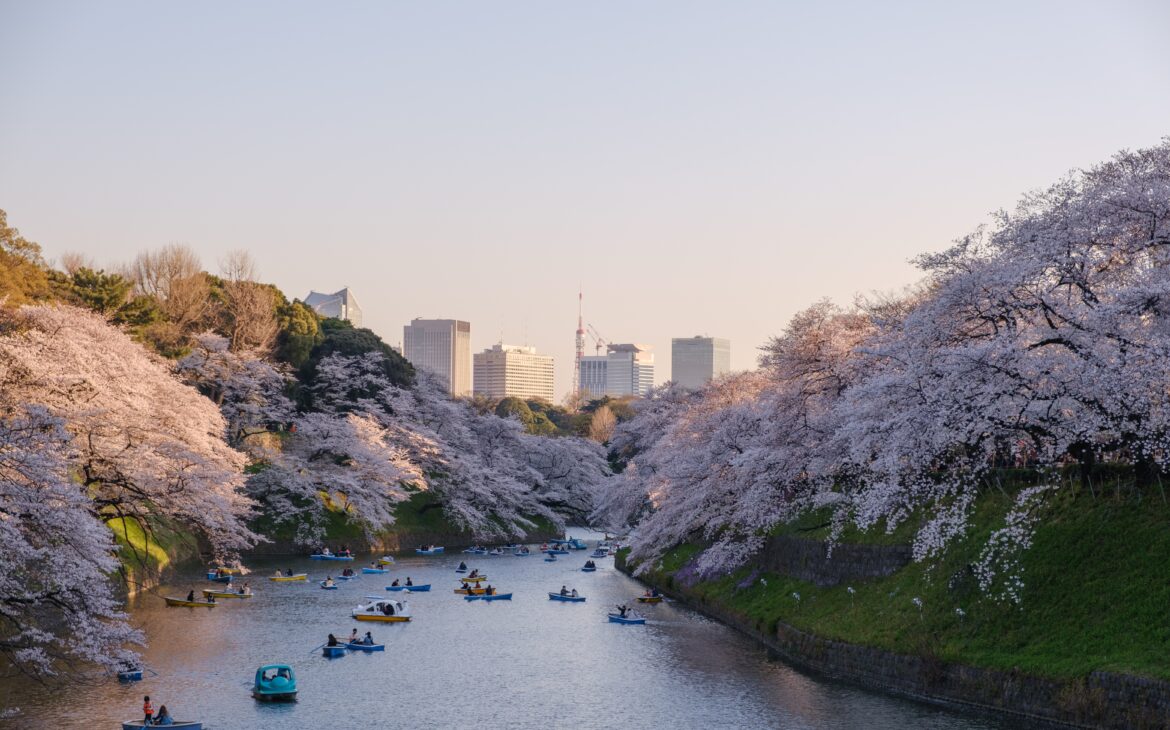

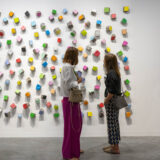
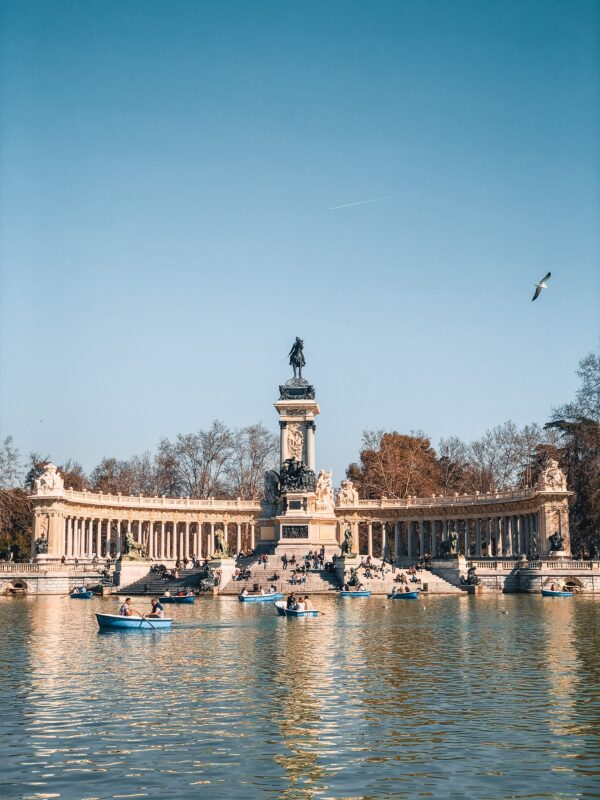






Get in touch